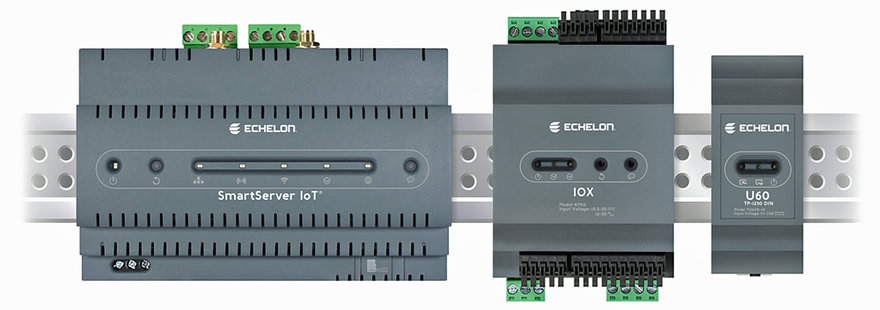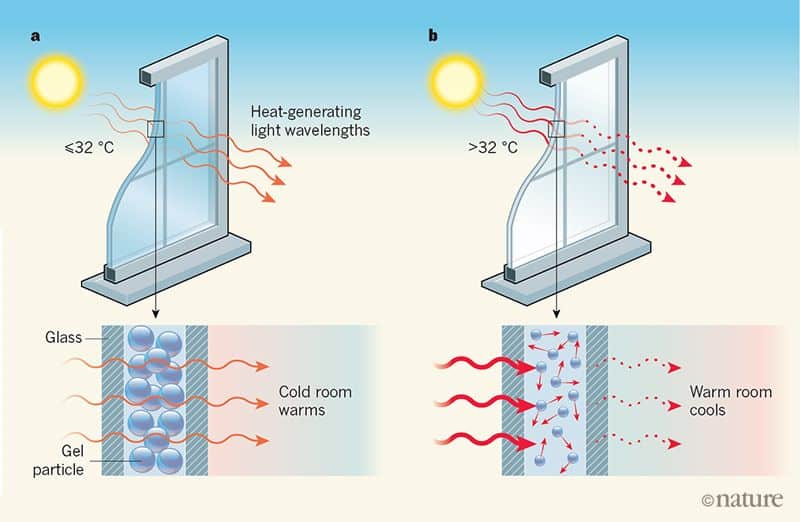
Madrid-based energy company Repsol reported a successful test of a blockchain pilot to improve the quality of safety certification of its products. Cointelegraph in Spanish reported the news on Jan. 15.
Established in 1987, Repsol is a leading energy company that operates in the oil and gas industry, including exploration, development, and production of crude oil and natural gas. In the first nine months of 2018, the company’s net income reached 2,7 billion euros, rising by 37 percent since the beginning of the year, according to Financial Times.
The Repsol Technology Lab Research Center (Tech Lab) and blockchain startup Finboot, which is a part of the Repsol Foundation Entrepreneurs Fund, jointly deployed a blockchain solution to improve the certification process of petrochemical products. It is expected to enable the company to identify and track samples and products throughout the entire process of production.
Additionally, the use of blockchain will purportedly allow Repsol to save up to 400,000 euros each year by reducing the frequency of errors. The manager of experimentation at the Tech Lab, Tomas M. Malango, has highlighted that there is a lot of room for improvement in the industry:
“This type of procedures, in which we handle a large number of samples, are subject to many rework incidents due to mislabelling, loss or incorrect connection of information.”
According to Malango, the successful results of Repsol’s blockchain pilot “could be transferred to other departments of the company with similar practices and dysfunctions.”
Blockchain technology has been gaining increasing presence in the energy sector in Spain. Yesterday, Spain’s major energy company Iberdrola began using blockchain to track renewable energy. During the pilot — which was reportedly successful successful — Iberdrola monitored the renewable energy delivered from two wind farms and one power station to banks’ offices located in Basque Country and the southern city of Cordoba.
In December, another energy company ACCIONA Energía announced it is going to deploy blockchain to trace electricity generation. With this move, ACCIONA plans to allow its clients to track the provenance of electricity distribution.





